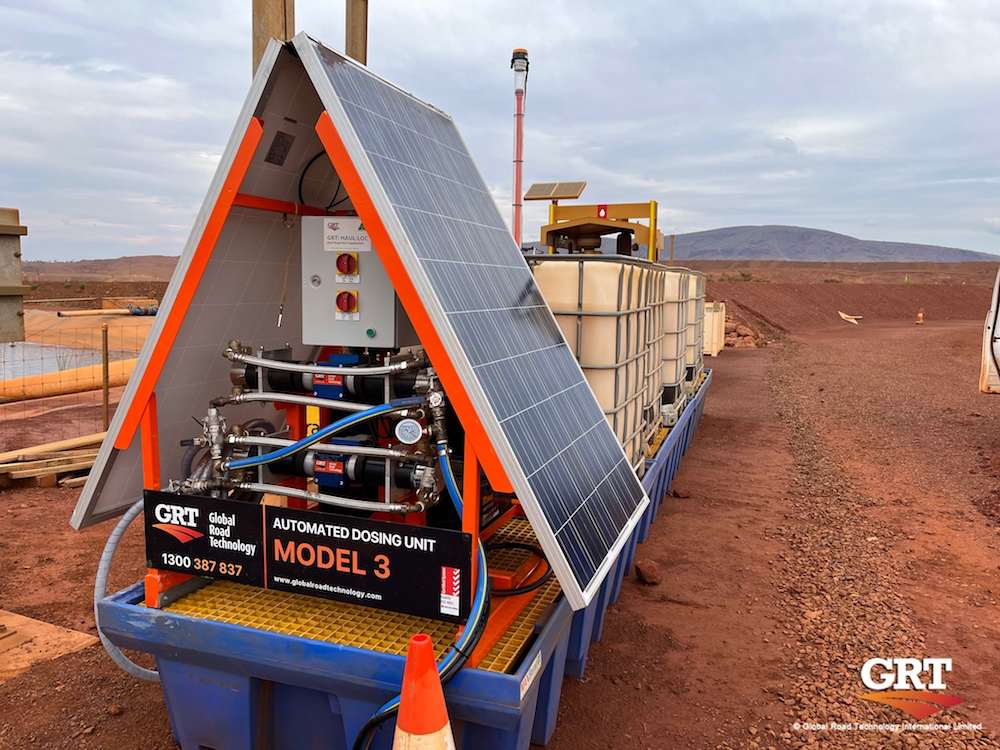
Press Release: September 20th, 2022
Red dust caused by iron ore mining is synonymous with Western Australia’s Pilbara region, however, evidence is growing that this form of particulate pollution is causing harm to the communities that call this remote location home.
Recent failures in dust monitoring at Port Hedland which is one of the world’s largest iron ore ports were compounded by a separate incident at the Mount Whaleback mine that impacted the nearby community of Newman. In the latter instance, particulate pollution levels exceeded the agreed-upon limits set by the mining licence by a factor of 45 times, causing calls for a greater emphasis on dust suppression strategies by miners.
Dust pollution can also impact the health of waterways in the mining regions of Western Australia along with leaching events impacting the health of creeks and rivers that are vital to the ecosystem of one of the Kimberly region, which is one of the most biodiverse places on the planet.
For Australian headquartered mining and civil services firm Global Road Technology (GRT), these incidents emphasise the importance of a comprehensive and holistic approach to dust suppression due to the dangers high levels of particulate – in the case of the Newman site, it was 40 per cent higher than the national environment protection measure – to mine workers and nearby communities alike.
Keith Nare, GRT’s Technical Product Manager, believes that local communities have cause for concern around the ubiquity of the region’s iconic red dust and that a key focus needs to stopping the spread of it at the source of the pollution.
“Occurrences like these jeopardise the social and environmental licence the miners have,” said Mr Keith Nare.
“It is known that long-term exposure to high levels of dust places extra load on the body, particularly the respiratory system, and that people who live within areas impacted by dust pollution face a higher probability of having lung issues and cardiac-type symptoms. That’s why engineering controls and mitigation strategies focussed that prevent dust generation or capture dust at the source are critical to worker and community health and safety.”
Due to the arid conditions that occur in much of the parts of Australia where mining activity happens, the problem of dust pollution is exacerbated as the lack of rainfall allows the particulates to spread from the site much more quickly and can rapidly exceed recommended levels.
To mitigate dust pollution BHP alone plans to spend $300 million over the next five years across its Pilbara operations in an attempt to reduce the impact its operations have on the local communities.
Some experts see this expenditure as critical for the miners to operate in a socially responsible manner in relation to how they impact the communities that exist close by.
According to GRT Managing Director Troy Adams, these recent events validate the investment that the company is continually making into cutting-edge eco-friendly products and services designed specifically for managing and containing dust to protect workers on mining sites and nearby residents and landholders from airborne dust pollution and disease.
“One of our company’s core goals is to reduce the impact of airborne dust on people and operations through innovative, cost-effective solutions,” Mr Adams said.
“These solutions combine our unique products and hardware strategically implemented and guided by the GRT approach that focuses on minimising or even eliminating dust at the point of generation. We have developed a specific range of mining-specific products including the GRT: Haul-Loc, GRT: Activate, GRT: 12X, GRT: Ore-Loc, and GRT: DC Binder that adhere to this approach to stop dust pollution as part of a holistic, whole-of-site approach to protect the health of workers and communities.”
Source: AustralianMining
Are environmental regulations, health and safety concerns or potential profit loss a concern right now?
Contact Us Now